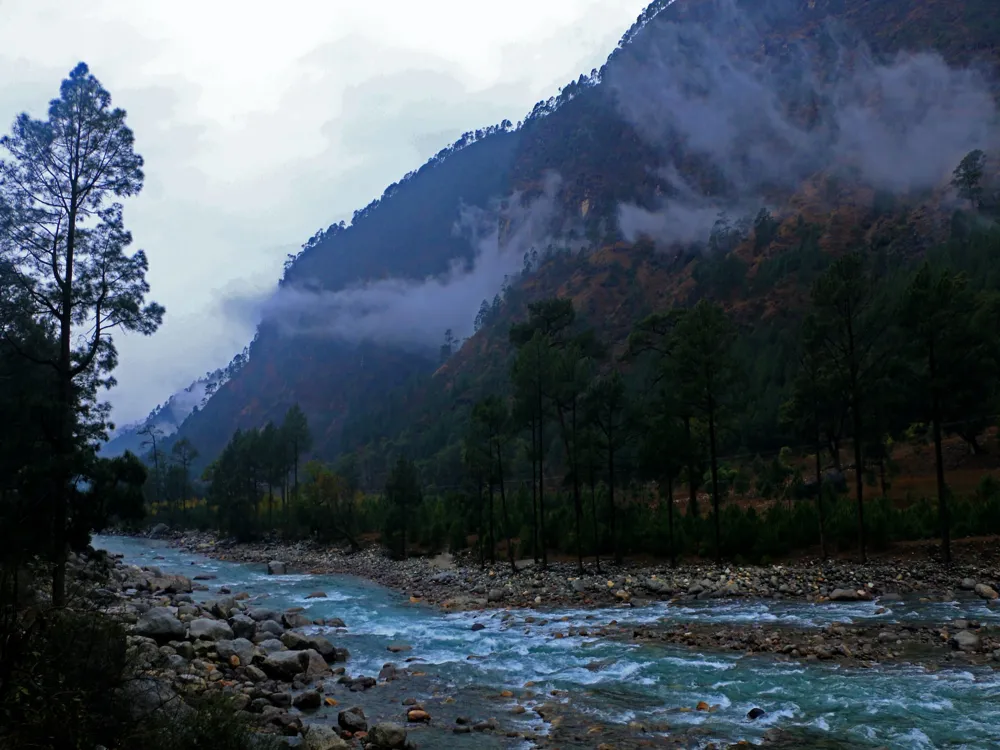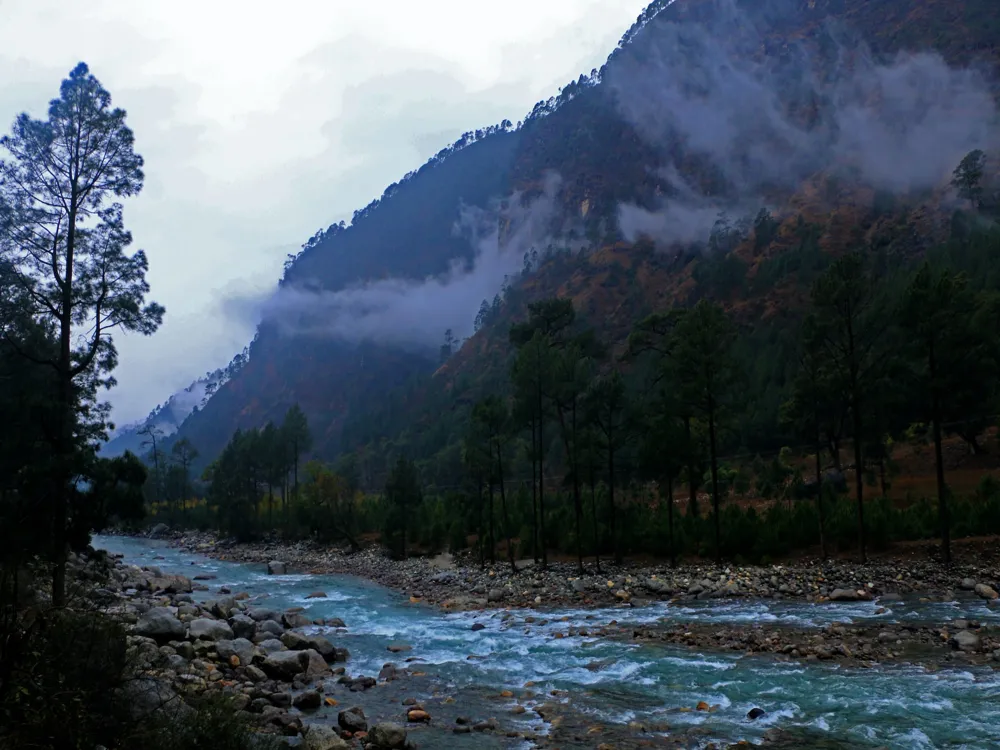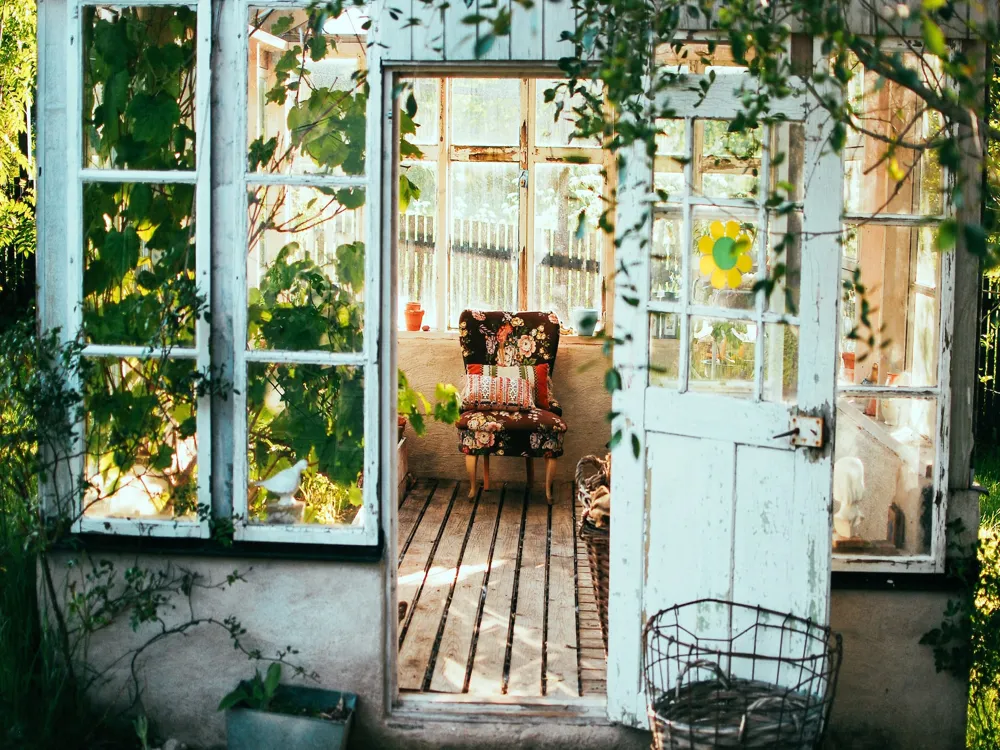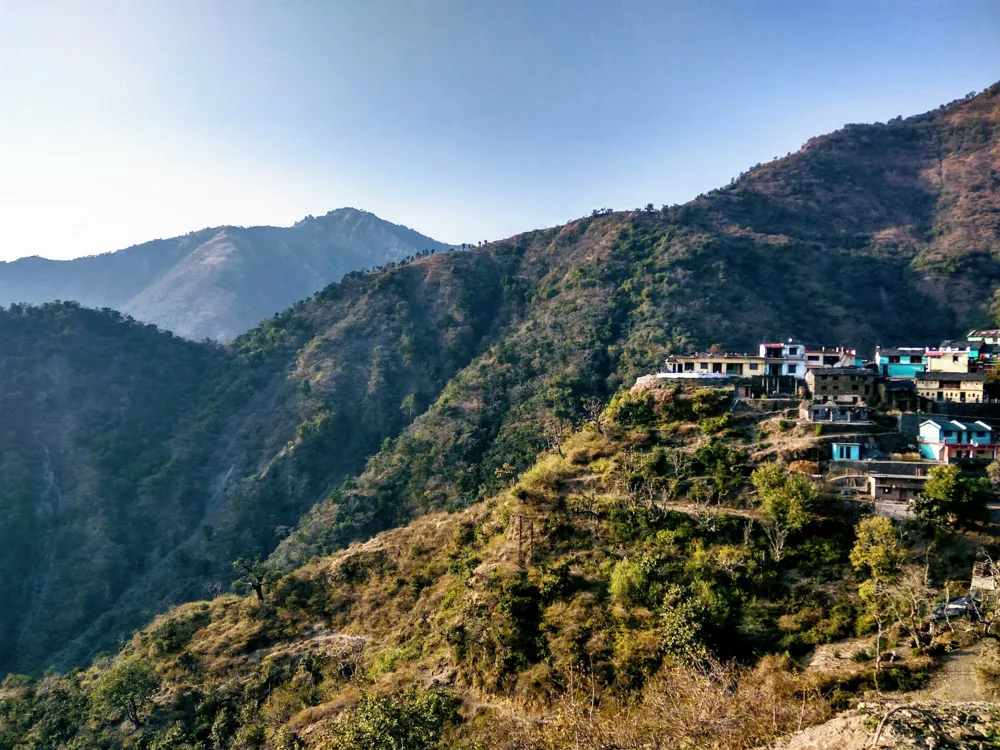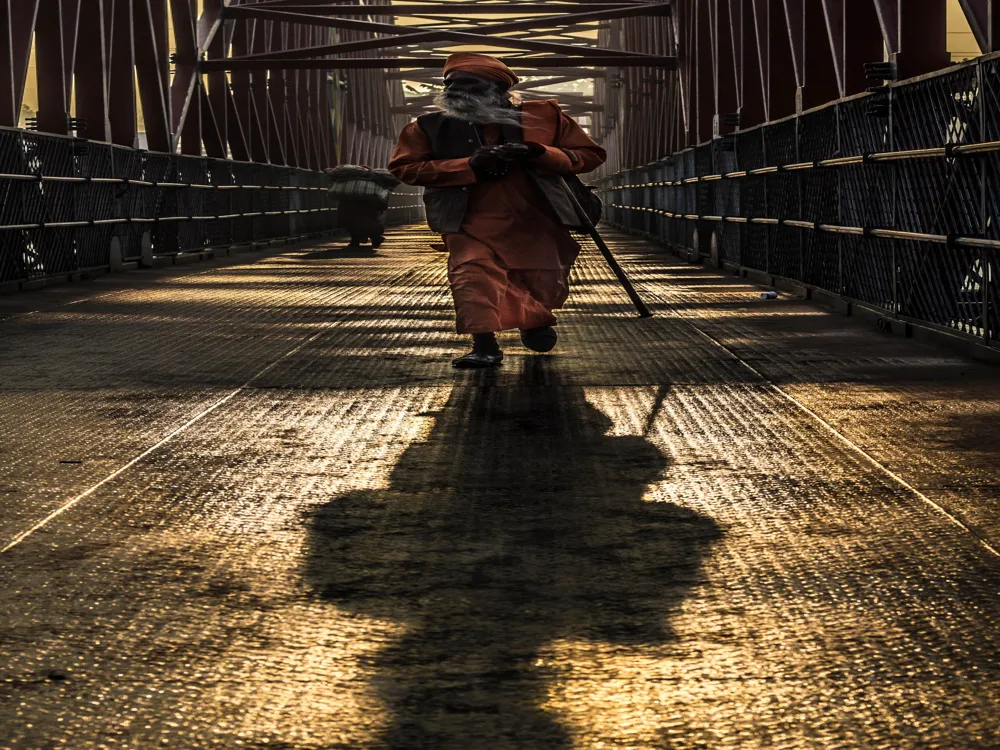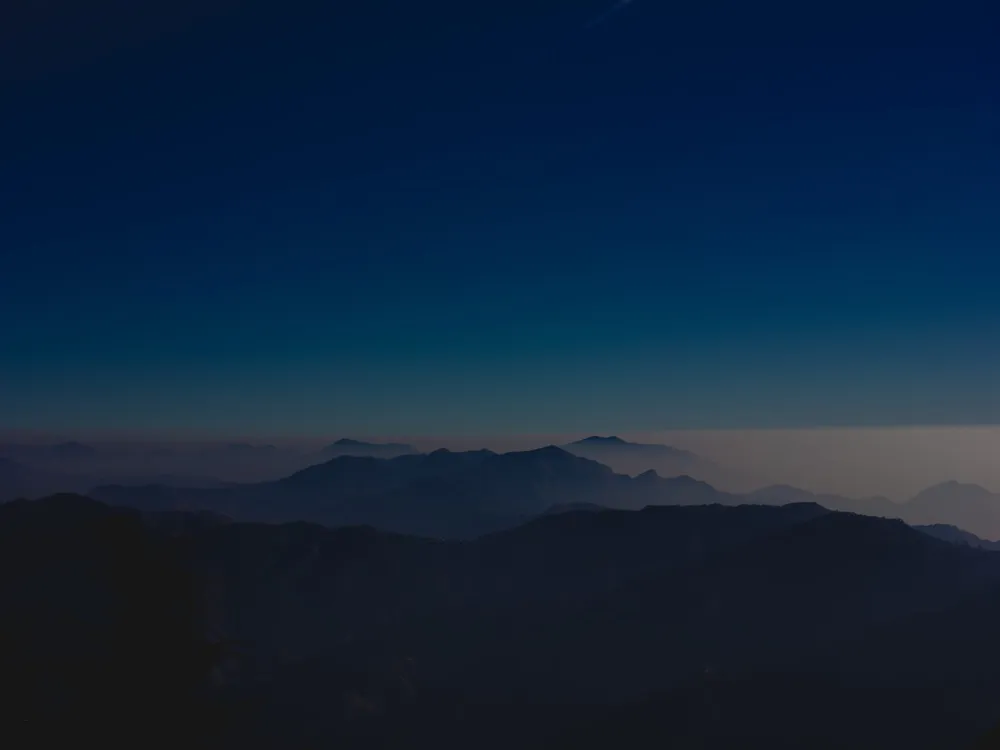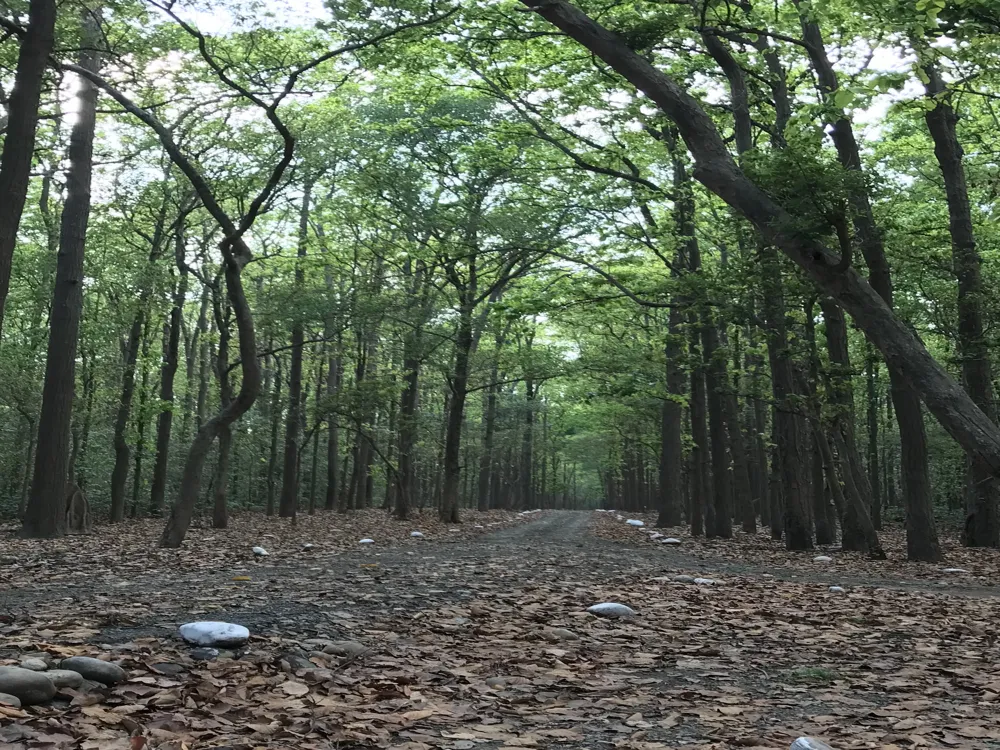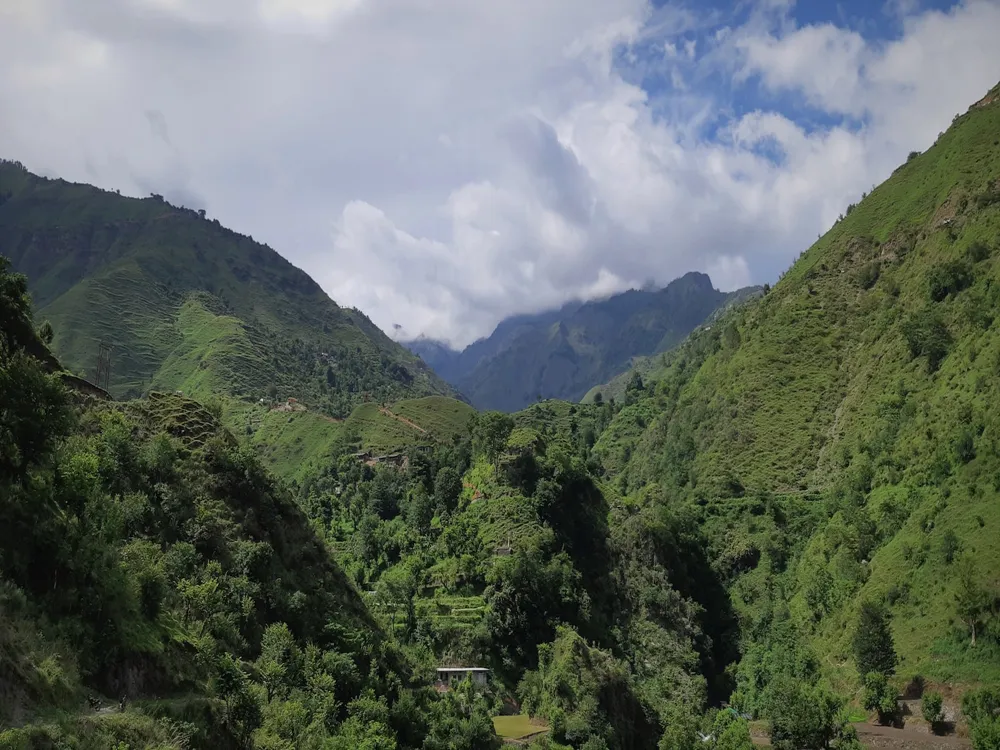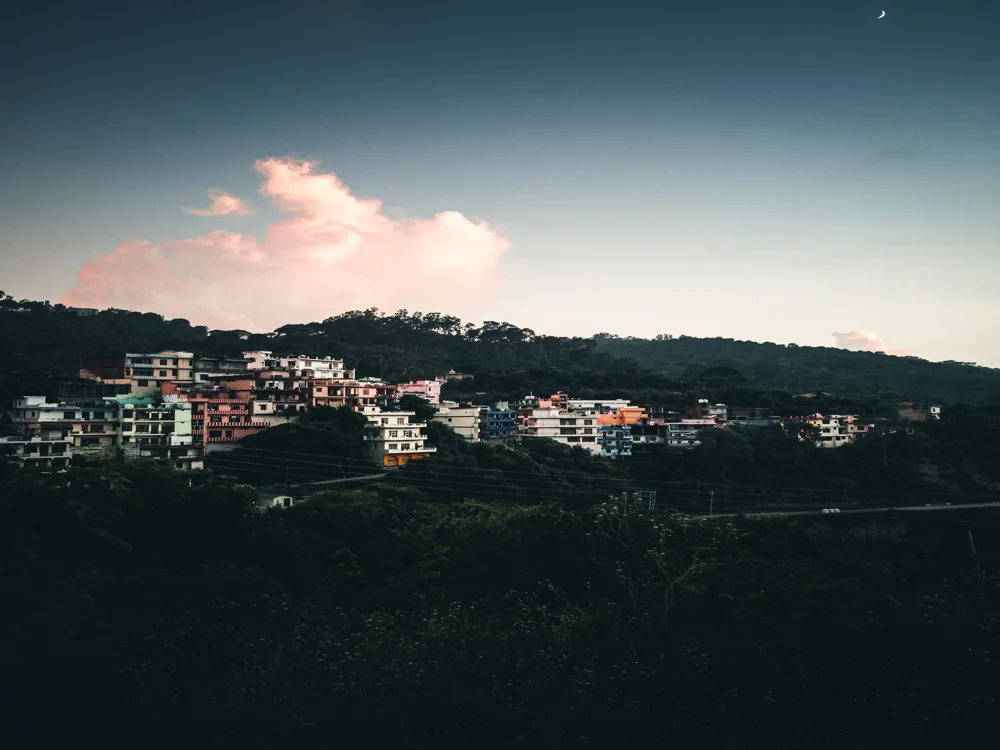Nestled in the Queen of the Hills, Mussoorie, Happy Valley is a mesmerizing blend of natural beauty, cultural richness, and historical significance. This enchanting destination in Uttarakhand, India, is famed for its picturesque landscapes, vibrant Tibetan culture, and serene atmosphere. As you step into Happy Valley, you're greeted by lush greenery, winding paths, and captivating views of the Himalayan range. It's a place where tranquility meets scenic beauty, creating a perfect escape for nature lovers, photographers, and culture enthusiasts. The history of Happy Valley is as fascinating as its landscapes. It first gained prominence as a refuge for the 14th Dalai Lama and his followers in the 1950s. This historical event marked the beginning of Tibetan settlement in the area, transforming it into a cultural hub. Today, Happy Valley is home to a significant Tibetan community, which adds a unique character to the place. The colorful prayer flags, the rhythmic chants from the monasteries, and the aroma of Tibetan cuisine create an ambiance that's both exotic and homely. The beauty of Happy Valley isn't just in its culture and history, but also in its natural splendor. The valley is surrounded by lush forests, offering a habitat for various flora and fauna. It's a paradise for bird watchers and wildlife enthusiasts. The panoramic views of the snow-capped Himalayas are simply breathtaking, providing an ideal backdrop for a rejuvenating retreat. For those who seek a blend of adventure and tranquility, Happy Valley offers numerous trekking and hiking trails. These trails not only challenge the adventurers but also reward them with stunning vistas and quiet, unspoiled spots. Whether you're a solo traveler, a couple, or a family, Happy Valley has something to offer for everyone, making it a must-visit destination in Mussoorie. The architecture in Happy Valley is a reflection of its cultural diversity and historical significance. The Tibetan influence is evident in the design of the buildings and religious structures. The most prominent architectural marvel in Happy Valley is the Shedup Choepelling Temple. This Tibetan Buddhist temple stands as a symbol of peace and spirituality. Its intricate designs, vibrant murals, and the sound of prayer wheels create a serene and spiritual environment. The temple's architecture is a fine example of traditional Tibetan design, featuring colorful façades, intricate wood carvings, and beautiful Thangka paintings. The prayer hall is adorned with statues of Buddha and other deities, each telling a story of the rich Buddhist culture. The temple not only serves as a place of worship but also as a center for cultural preservation, showcasing the art, culture, and heritage of the Tibetan people. Apart from the Buddhist temples, Happy Valley also hosts a variety of colonial-era buildings. These structures reflect the British influence on the architecture of Mussoorie. The Victorian and Gothic styles are predominant, with gabled roofs, wooden beams, and stone walls. These buildings are a testimony to Mussoorie's past as a popular hill station during the British era. The blend of Tibetan and colonial architecture gives Happy Valley a unique aesthetic appeal. The colorful Tibetan houses with their prayer flags, juxtaposed with the grandeur of colonial bungalows, create a visual treat. This architectural diversity not only adds to the charm of Happy Valley but also tells the story of its evolving identity. The ideal time to visit Happy Valley is from April to June and September to November. During these months, the weather is pleasant, making it perfect for exploring the outdoors. The monsoon season (July to August) should be avoided due to heavy rains and potential landslides. As Happy Valley is a cultural hub for the Tibetan community, visitors are advised to respect local traditions and customs. Dress modestly when visiting religious sites, and always ask for permission before taking photographs of the locals or their property. Don't miss out on trying the local Tibetan cuisine. Dishes like momos (dumplings), thukpa (noodle soup), and Tibetan bread are a must-try. Local cafes and restaurants offer these delicacies, providing an authentic taste of Tibetan culture. Happy Valley offers a range of accommodation options, from budget guesthouses to luxury hotels. Staying in a homestay can provide a more authentic experience of the local culture and lifestyle. The best way to explore Happy Valley is on foot or by hiring local taxis. The area is also well-connected by public transport from major parts of Mussoorie. Happy Valley in Mussoorie is easily accessible from various parts of India. The nearest airport is Jolly Grant Airport in Dehradun, about 60 kilometers away. From the airport, one can hire a taxi or take a bus to Mussoorie. The nearest railway station is also in Dehradun, connecting Mussoorie with major Indian cities. Once in Mussoorie, Happy Valley is just a short drive or a scenic walk away. Its proximity to Mussoorie's main attractions makes it an ideal destination for travelers seeking both convenience and charm. Read More:Overview of Happy Valley, Mussoorie
Architecture of Happy Valley, Mussoorie
Tips When Visiting Happy Valley, Mussoorie
Best Time to Visit
Respect Local Culture and Traditions
Local Cuisine
Stay and Accommodation
Local Transportation
How To Reach Happy Valley, Mussoorie
Happy Valley, Mussoorie
Mussoorie
Uttarakhand
₹ 3,500 onwards
View mussoorie Packages
Weather :
Tags : Buddhist Temple
Timings : 10:00 AM - 06:00 PM
Time Required : 2 - 3 hours
Entry Fee : No Entry Fee
Planning a Trip? Ask Your Question
Mussoorie Travel Packages
View All Packages For Mussoorie
Top Hotel Collections for Mussoorie

Private Pool

Luxury Hotels

5-Star Hotels

Pet Friendly
Top Hotels Near Mussoorie
Other Top Ranking Places In Mussoorie
View All Places To Visit In mussoorie
View mussoorie Packages
Weather :
Tags : Buddhist Temple
Timings : 10:00 AM - 06:00 PM
Time Required : 2 - 3 hours
Entry Fee : No Entry Fee
Planning a Trip? Ask Your Question
Mussoorie Travel Packages
View All Packages For Mussoorie
Top Hotel Collections for Mussoorie

Private Pool

Luxury Hotels

5-Star Hotels

Pet Friendly



